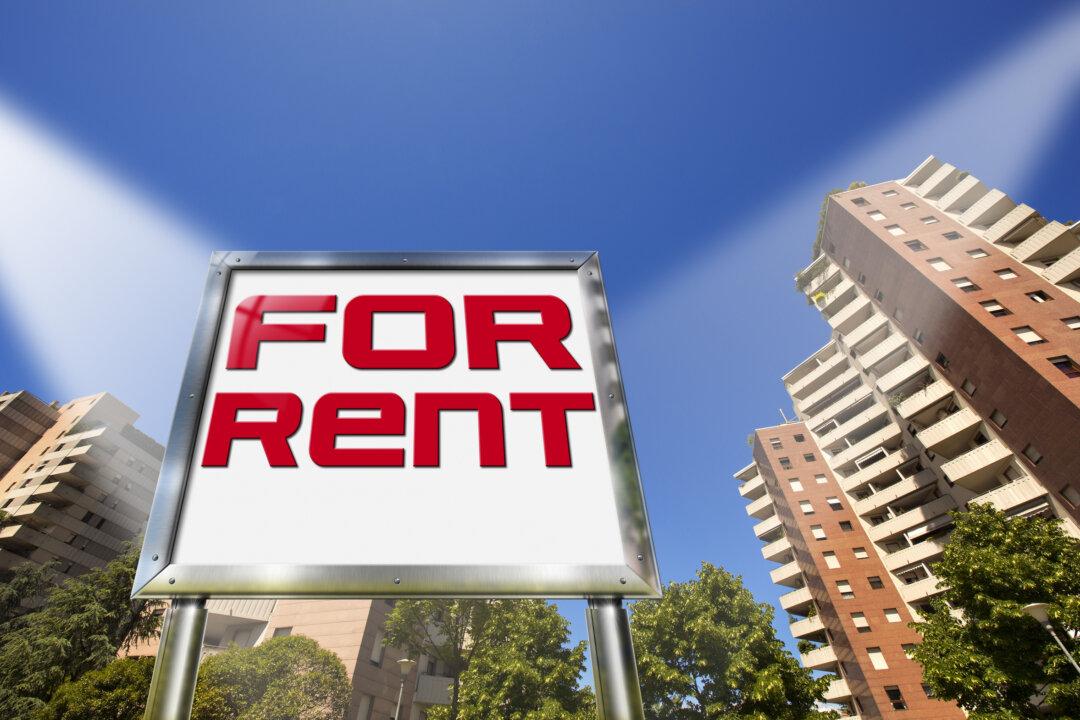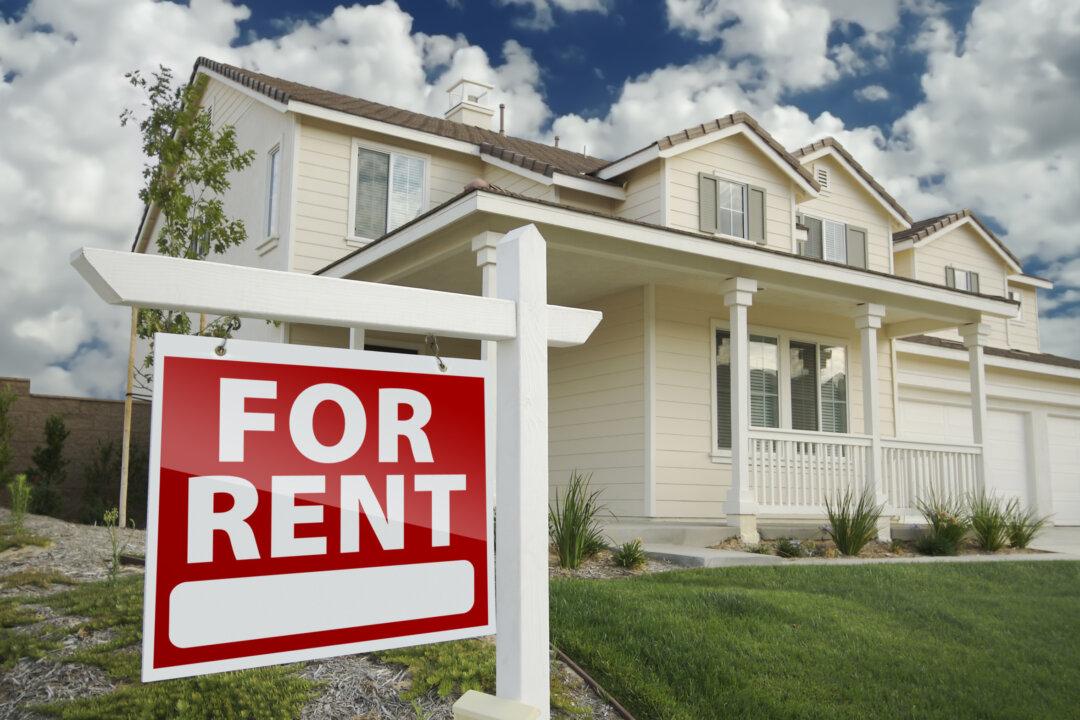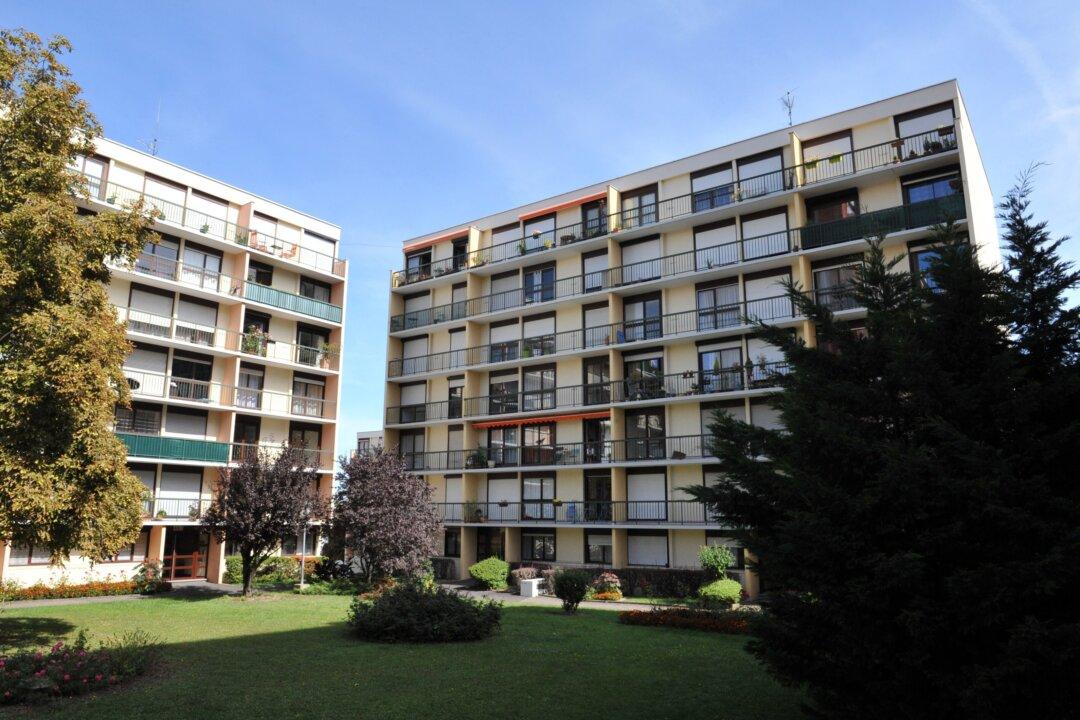A popular type of real estate investment strategy is what is known as “rent-to-own” investing, or “lease option” investing. I will use the term “rent-to-own” since it is probably the most common term used.
Rent-to-own investing takes place when an investor acquires a property and rents it to a tenant with the intent that the tenant will eventually buy the property. A typical rent-to-own agreement could last between three to five years, depending on the situation of the tenant buyer. As part of the agreement, the actual purchase price for the ultimate sale is agreed on upfront.





